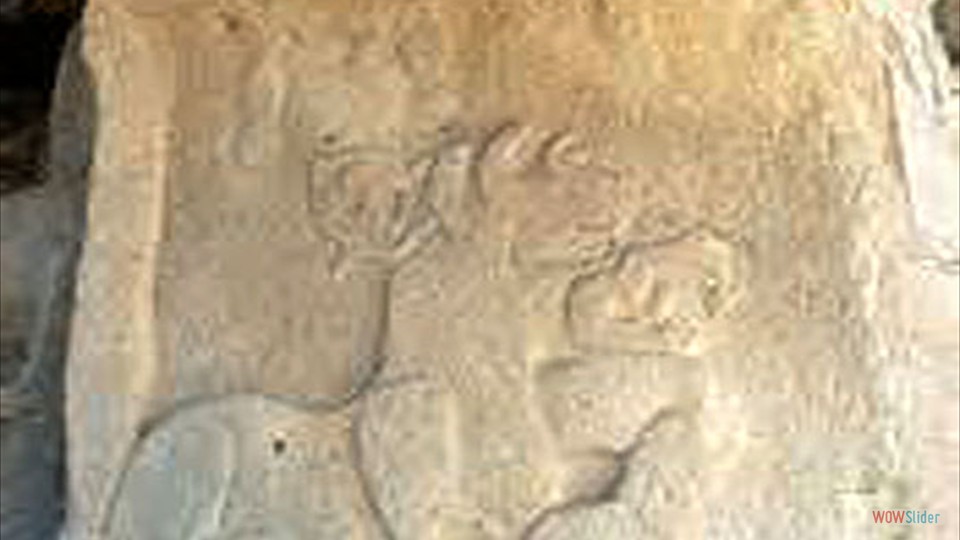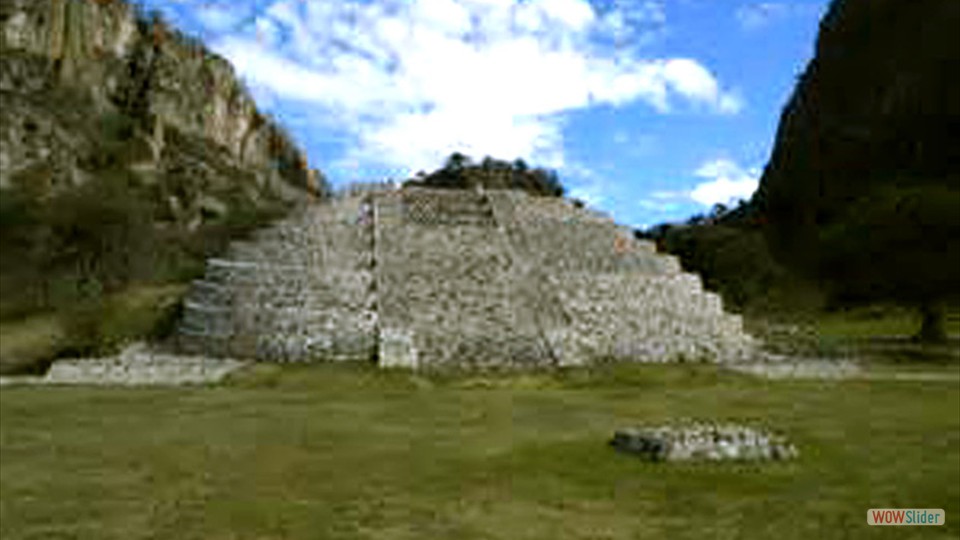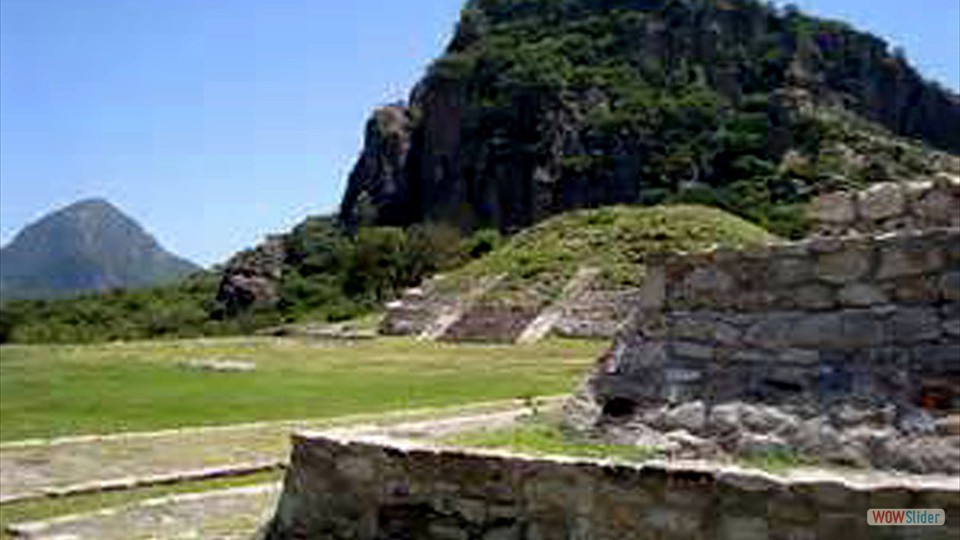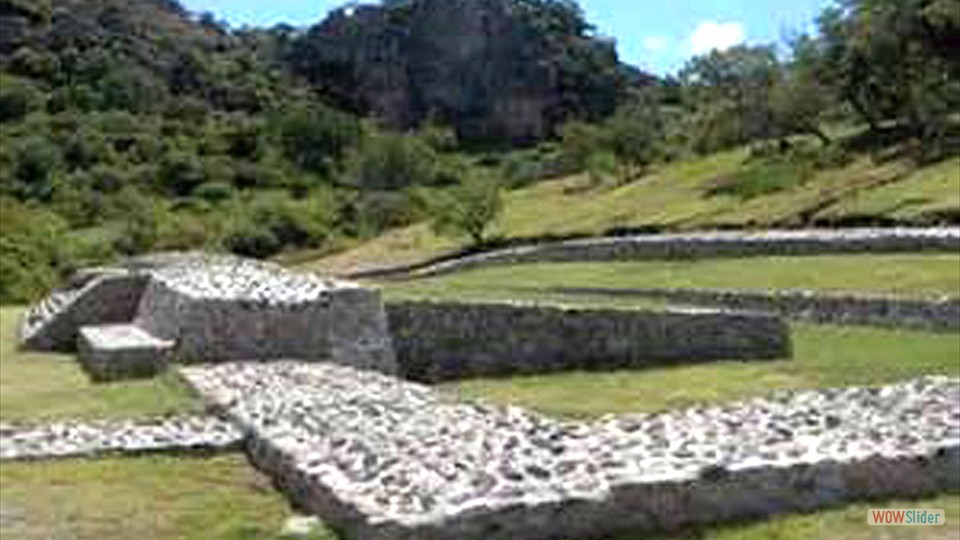Chalcatzingo is a Mesoamerican archaeological site in the Valley of Morelos dating from the Formative Period of Mesoamerican chronology. The site is well-known for its extensive array of Olmec-style monumental art and iconography. Located in the southern portion of the Central Highlands of Mexico, Chalcatzingo is estimated to have been settled as early as 1500 B.C.E.. The inhabitants began to produce and display Olmec-style art and architecture around 900 B.C.E. At its height between 700 B.C.E. and 500 B.C.E.. Chalcatzingo's population is estimated at between five hundred and a thousand individuals. By 500 B.C.E. it had gone into decline.
The Chalcatzingo center covers roughly 100 acres. It was well-situated in a fertile plain, at the base of two tall hills, Cerro Chalcatzingo and Cerro Delgado. Cerro Chalcatzingo has evidence of long regard and use as a site of ritual significance.
The climate in Morelos is generally warmer and more humid than the rest of the Highlands. A spring rising at the base of the hills provided a source of drinking water for the population. Chalcatzingo connected trade routes between Guerrero, the Valley of Mexico, Oaxaca, and the Gulf Lowlands. Chalcatzingo provides unique and interesting examples of Olmec-style art and architecture. The village contained a central plaza area, designated Terrace 1, downhill from elite residences. Terrace 25 is composed of a sunken patio of a style seen at Teopantecuanitlan. In the center of this sunken patio is a tabletop altar reminiscent of those at LaVenta and San Lorenzo Tenochititlan, both lowland Olmec centers. Structure 4 is Chalcatzingo's largest structure, an almost-square platform measuring approximately 70 m (230ft) on each side. Burials of high-status individuals have been excavated here, with jade ornaments and a magnetite (iron ore) mirror. Most of the village's burials were located under the floors of houses - individuals representing the whole variety of social statuses were buried this way. Chalcatzingo is perhaps most famous for its bas-relief carvings. Most of the 31 known monuments occur in three distinct groupings: two on Cerro Chalcatzingo and the third on the terraces within the actual settlement. Drawings of these carvings have been made, but molds were taken of many of them before any drawings were taken. The process of making those molds tended to destroy fine lines and actually tore small portions of the stone out.





 1
1 2
2 3
3 4
4